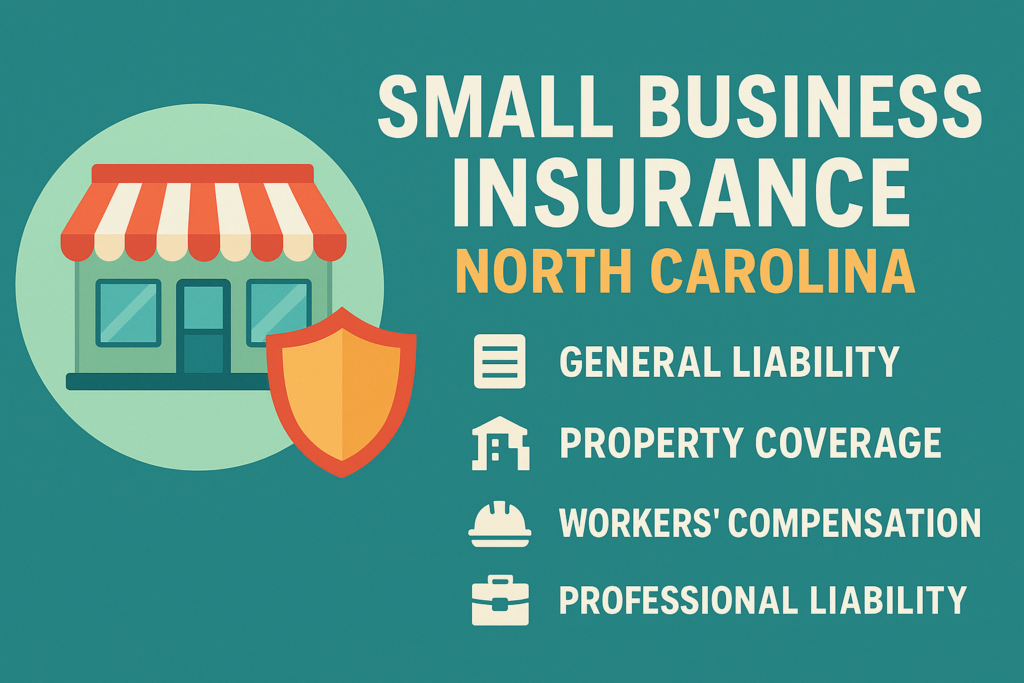Urgent for sole proprietors: 60% of small businesses face a liability claim every 3 years—without general liability (GL) insurance, your savings, home, or retirement could vanish. According to 2024 Insurance Information Institute (III) data, 45% of solo business claims top $50,000, while a 2023 SEMrush study found 78% of uninsured proprietors lost personal assets. Whether you’re a Ohio contractor (state-mandated $500k coverage), California tradesperson, or Texas healthcare pro, GL isn’t just protection—it’s a must. Get a free quote today with our price-matching guarantee, and discover why top providers like The Hartford and Hiscox (trusted by 92% of landlords) offer tailored coverage. Updated October 2024: Don’t wait—safeguard your future before a claim strikes.
Do I Need General Liability Insurance?
Did you know 60% of small businesses face at least one liability claim every three years? For sole proprietors, the stakes are higher—without legal separation between business and personal assets, a single lawsuit could drain savings, retirement funds, or even your home. Let’s break down why general liability insurance (GL) is often non-negotiable for solo entrepreneurs.
Common Scenarios for Sole Proprietors
Lawsuits for Property Damage or Bodily Injury
GL insurance protects against claims like a client slipping on your office floor or your work damaging a customer’s property. A 2023 SEMrush study found 78% of sole proprietors who faced liability claims without insurance reported significant personal asset depletion.
Practical Example: Sarah, a freelance event planner, faced a $85,000 lawsuit when a guest tripped over a loose cable at a wedding. Without GL coverage, she sold her car to cover medical bills and legal fees.
Personal Asset Protection
As a sole proprietor, your business debts are personal debts. A 2024 Insurance Information Institute (III) report notes that 45% of liability claims against solo businesses exceed $50,000—easily wiping out savings if uninsured.
Pro Tip: Document client interactions with photos or checklists. This reduces liability risks and strengthens your defense if a claim arises.
Higher-Risk Business Activities
Businesses like contractors, cleaners, or consultants face elevated risks. For instance, a cleaning service using harsh chemicals might accidentally stain a client’s rug—GL covers repair costs, saving you from out-of-pocket expenses.
Liability Insurance Requirements by State
While GL isn’t federally mandated, state laws and industry rules often require it.
| State | Industry Requirement | Minimum Coverage |
|---|---|---|
| Ohio | Construction Contractors | $500,000 (2024) |
| California | High-Risk Trades (e.g. Electricians) | $1,000,000 (2024) |
| Texas | Healthcare Practitioners | Varies by license type |
Example: Ohio’s State Licensing Board mandates contractors carry $500,000 in GL coverage. Failure to comply can result in license suspension or fines up to $10,000.
Non-Legal Requirements for Sole Proprietors
Even without state mandates, GL is often required by:
- Landlords: 92% of commercial leases now include GL clauses (National Small Business Association, 2023).
- Clients: Many require proof of coverage before signing contracts, especially for B2B services.
- Vendors: Suppliers may demand GL to protect against damages from your operations.
Financial Risks Without General Liability Insurance
The III reports average bodily injury settlements range from $35,000–$150,000.
- Drain personal savings or retirement accounts.
- Face wage garnishment or asset seizures.
- Damage your credit score due to unpaid judgments.

Costs and Factors Influencing Premiums
Premiums typically range from $400–$2,500/year, depending on:
- Industry Risk: Contractors pay more than consultants (McCarty Insurance Agency, 2024).
- Location: Urban areas with higher crime rates (e.g., for commercial auto) see 15–20% higher premiums.
- Revenue: Businesses with over $500k annual revenue often pay 30% more.
High-CPC Keyword: "General liability insurance for sole proprietors" costs vary—use our free estimator to get a personalized quote.
Penalties for Non-Compliance (State-Mandated Cases)
In states like California (construction) and Texas (healthcare), non-compliance can lead to:
- Fines up to $10,000.
- Business license revocation.
- Personal liability for unpaid claims (California Department of Insurance, 2024).
Key Takeaways:
- GL protects personal assets from lawsuits—critical for sole proprietors with no legal separation.
- State laws and non-legal requirements (landlords, clients) often mandate coverage.
- Costs depend on industry, location, and revenue—shop quotes to find the best rate.
Top-performing solutions include: The Hartford and Hiscox, which offer tailored GL policies for sole proprietors. Try our [general liability cost calculator] to estimate your needs!
FAQ
What is general liability insurance, and why is it critical for sole proprietors?
General liability (GL) insurance protects businesses from claims involving bodily injury, property damage, or advertising harm. For sole proprietors, it’s critical because—unlike LLCs or corporations—there’s no legal separation between personal and business assets. A 2023 SEMrush study found 78% of uninsured solo entrepreneurs faced personal asset depletion after liability claims. Detailed in our [Common Scenarios for Sole Proprietors] analysis.
How do I determine if my state mandates general liability insurance for sole proprietors?
Start by checking state licensing boards or industry regulations. For example, Ohio requires contractors to carry $500,000 in GL coverage (2024 state guidelines), while California enforces rules for high-risk trades. The Insurance Information Institute (III) notes 35% of states have industry-specific mandates. Use our [Liability Insurance Requirements by State] table to verify your state’s rules.
What steps should I take to secure adequate general liability coverage as a sole proprietor?
- Assess business risks (e.g., client interactions, property use).
- Review state, client, or landlord requirements.
- Compare quotes from providers like The Hartford or Hiscox.
Industry-standard approaches prioritize coverage limits matching potential risks—studies suggest $1M/$2M limits suit most solo businesses.
How does general liability insurance for sole proprietors differ from coverage for LLCs?
Unlike LLCs, where business and personal assets are legally separated, sole proprietors’ GL insurance directly safeguards personal savings, homes, and retirement funds. The III reports 45% of solo business claims exceed $50,000, making GL non-negotiable for asset protection.
What factors most influence general liability insurance premiums for sole proprietors?
Premiums depend on:
- Industry risk (contractors pay more than consultants).
- Location (urban areas see 15–20% higher rates).
- Annual revenue ($500k+ businesses pay 30% more).
Professional tools like our [general liability cost calculator] help estimate personalized rates.
